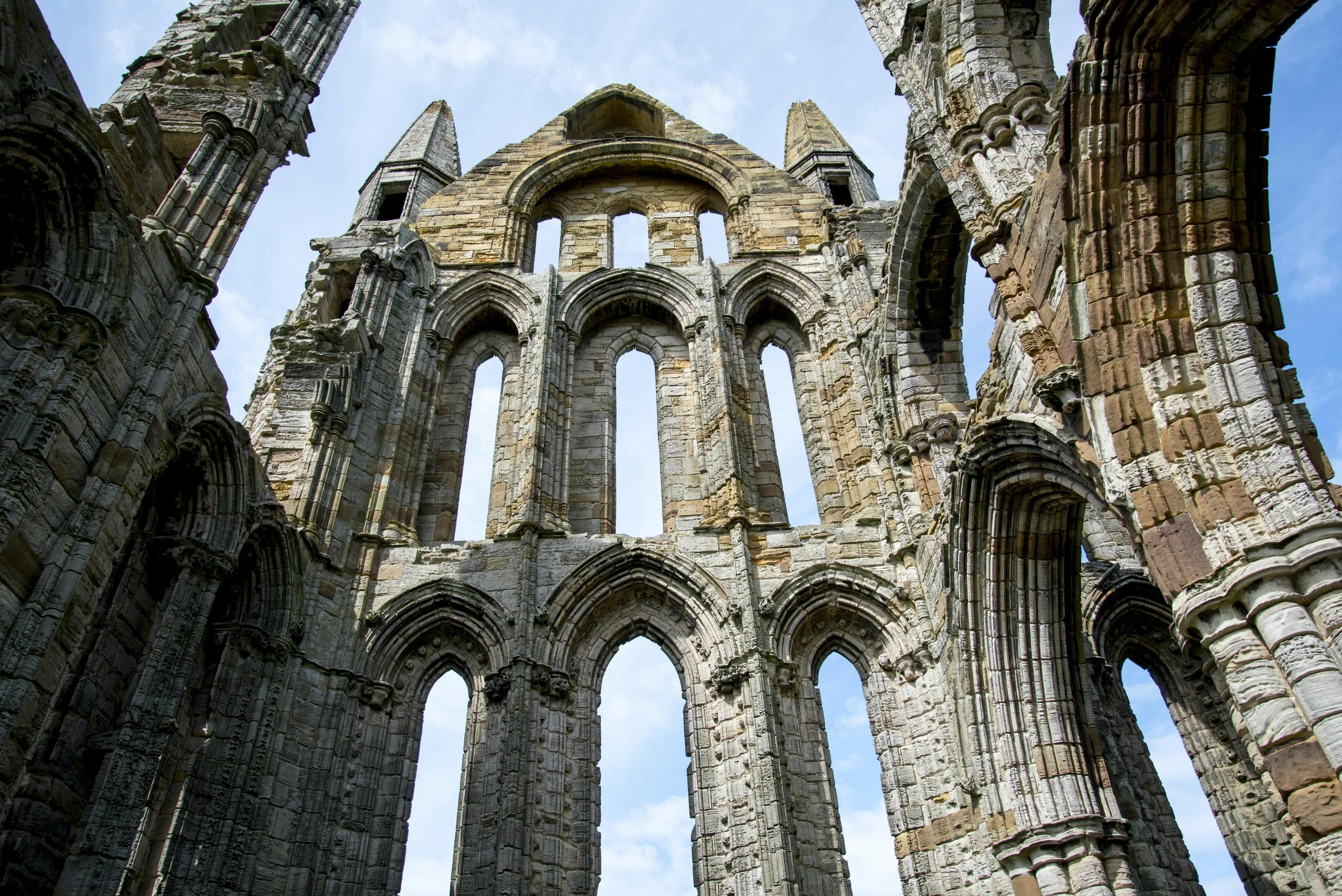Designing for tomorrow, and tomorrow, and tomorrow. On Cathedral Thinking
Year: 2023
Role: Author
On Cathedral Thinking
In the High Middle Ages, Chartres, located in northwestern France, gained prominence as a notable center of French philosophy, where philosophers began to assert that progress comes from the patient collaboration of generations dedicated to the pursuit of knowledge over time. Attributed to Bernard of Chartres, it is the idea of standing on the shoulders of giants.
The city’s cathedral is one of the most important masterpieces of gothic architecture, a structure whose history unfolded amidst ruinous fires and intellectual fervor, and that has held UNESCO World Heritage status since 1979. In addition to being at the center of the cultural moment known as the 12th-century Renaissance, Chartres cathedral is one of countless examples of colossal projects that took an enormous amount of time and effort to complete. The construction of the cathedral began around 1145 and continued over many decades; however, it was rebuilt after being severely damaged by fires, most notably by a particularly destructive one in 1194. In a display of perseverance and craftsmanship, the cathedral was continually rebuilt, and the dominant form we see today dates primarily from the 13th century.
This is clearly not the approach we adopt nowadays. The idea of devoting decades or even centuries to the construction of a monument — nor of anything else — seems bizarre and unproductive: our society craves immediate results, seeking tangible and quickly attainable benefits for every effort it makes. This trend reflects a paradigm in which tactics triumph over strategy. We continuously search for the most immediate, rapid gains, and if they require minimal effort to achieve, so much the better. Given this context, would it still make sense to set long-term goals that require decades of foresight and planning so that future generations can enjoy their full realization?
